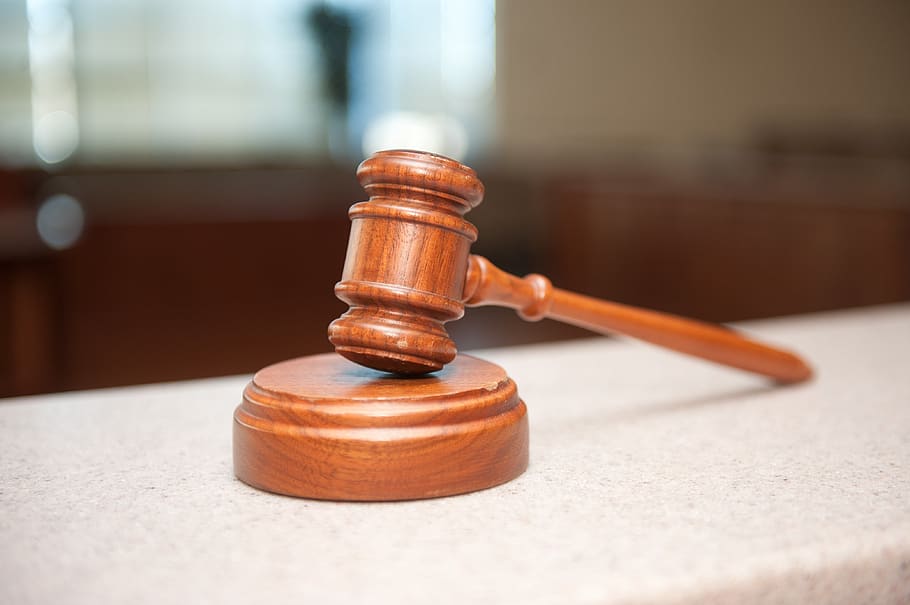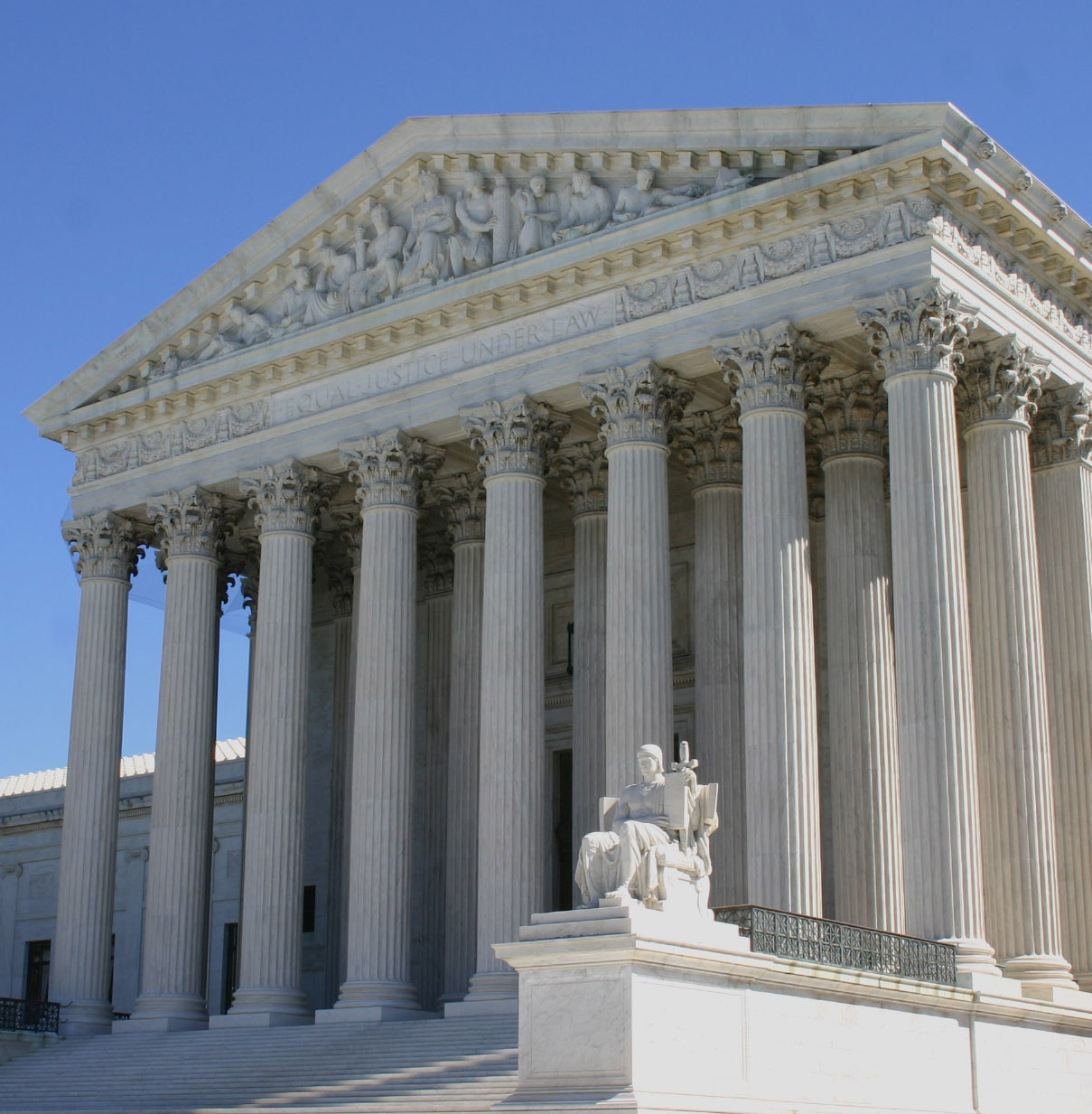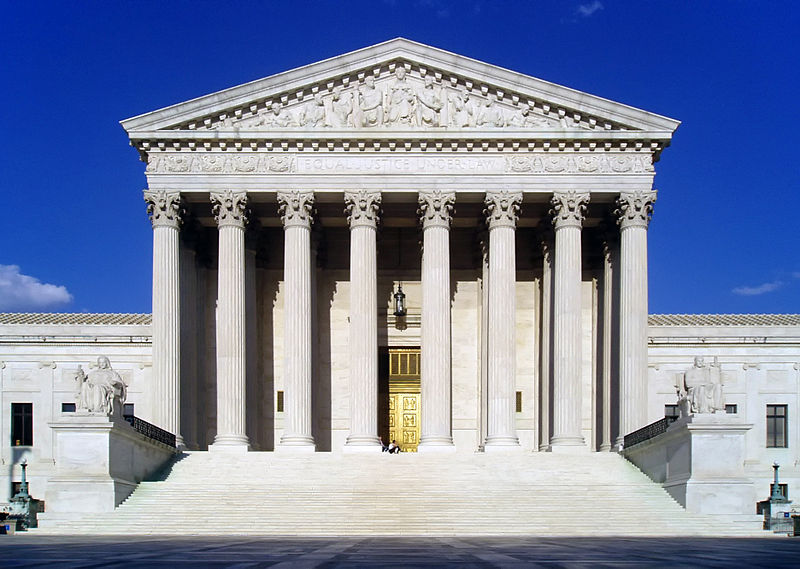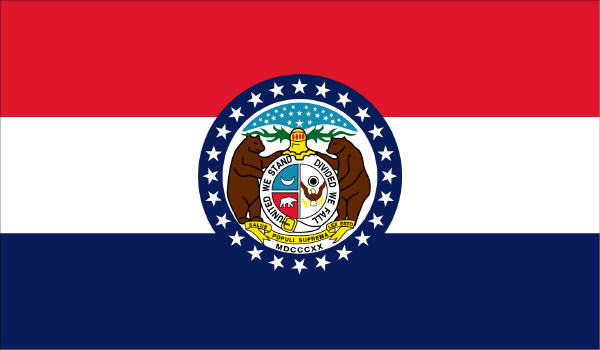Tag: judicial
-
Federal judicial nomination, confirmations in first week of February

The U.S. Senate confirmed three of President Joe Biden’s (D) federal judicial nominees on Feb. 1 to lifetime Article III judgeships on the U.S. District Court for the Northern District of Ohio: Bridget Brennan, by a vote of 61-35. David A. Ruiz, by a vote of 62-35. Charles Fleming, by a vote of 56-42. Biden…
-
Ballotpedia releases federal judicial vacancy count for January 2022

In this month’s federal judicial vacancy count, Ballotpedia tracked nominations, confirmations, and vacancies in Article III courts during the month of January through Feb. 1, 2022. Ballotpedia publishes the federal judicial vacancy count at the start of each month. HIGHLIGHTS Vacancies: There have been five new judicial vacancies since the December 2021 report. There are…
-
Governors appoint new supreme court justices in two states

Alaska and Arizona have new state supreme court justices after appointments from their respective governors. Alaska Gov. Mike Dunleavy (R) appointed Jennifer Stuart Henderson to the Alaska Supreme Court on July 7, and Arizona Gov. Doug Ducey (R) appointed Kathryn Hackett King to the Arizona Supreme Court on July 8. Alaska A seat on the…
-
U.S. Supreme Court issues ruling in two cases on July 1

The Supreme Court of the United States (SCOTUS) issued rulings in two cases on July 1. One case—Americans for Prosperity v. Bonta—was argued during the court’s April sitting, while Brnovich v. Democratic National Committee was argued during the court’s March sitting. In Americans for Prosperity v. Bonta, the Thomas More Law Center and Americans for…
-
Ballotpedia releases federal judicial vacancy count for June 2021

In this month’s federal judicial vacancy count, Ballotpedia tracked nominations, confirmations, and vacancies to all United States Article III federal courts from June 1 to July 1. Ballotpedia publishes the federal judicial vacancy count at the start of each month. HIGHLIGHTS Vacancies: There have been three new judicial vacancies since the May 2021 report. There…
-
President Biden announces fifth slate of federal judicial nominees

President Joe Biden (D) announced his intent to nominate his fifth slate of judicial nominees on June 30, which included six individuals to Article III judgeships with lifetime terms: • Toby Heytens, to the United States Court of Appeals for the 4th Circuit • Jennifer Sung, to the United States Court of Appeals for the…
-
Supreme Court issues opinions in three cases on June 29

The Supreme Court of the United States (SCOTUS) issued opinions in three cases on June 29. To date, the court has issued 64 opinions for its 2020-2021 term. Two cases were decided in one consolidated opinion and nine cases were decided without argument. Two cases argued during the term have yet to be decided. Johnson…
-
President Biden nominates six to Article III courts; two to D.C. local courts

President Joe Biden (D) nominated six individuals to Article III judgeships with lifetime terms on June 15: • Myrna Pérez, to the United States Court of Appeals for the 2nd Circuit • Jia Cobb, to the United States District Court for the District of Columbia • Sarah A.L. Merriam, to the United States District Court…
-
Supreme Court issues opinion in case concerning civil procedure

The Supreme Court of the United States (SCOTUS) issued an opinion in one case, City of San Antonio, Texas v. Hotels.com, L.P. on May 27. The case involved Rule 39 of the Federal Rules for Appellate Procedure. The case was argued before SCOTUS during the April argument sitting last month. A class of 173 Texas…
-
Missouri governor appoints Robin Ransom to state supreme court

Missouri Gov. Mike Parson (R) appointed Robin Ransom to the Missouri Supreme Court on May 24. Ransom was appointed to fill the vacancy left by Laura Denvir Stith, who retired on March 8. Ransom is Parson’s first appointee to the state’s highest court. Under Missouri law, the Missouri Appellate Judicial Commission selects supreme court judges…

